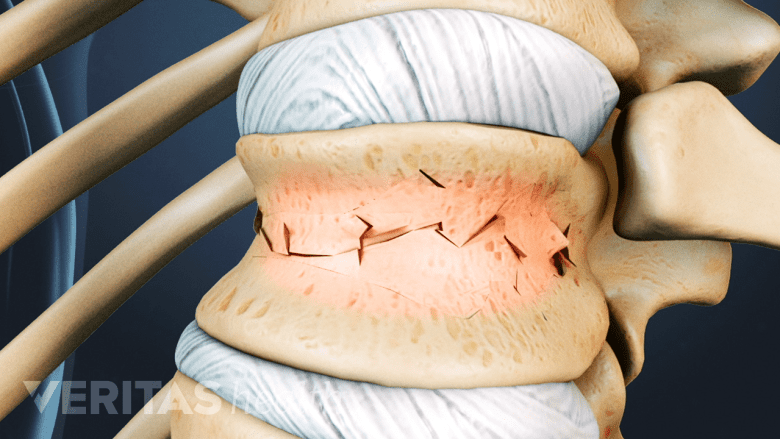The Graston Therapy is generally designed to treat soft tissue-related conditions, such as lower back muscle strain.
In This Article:
- The Graston Technique: An Instrument Assisted Soft Tissue Manual Therapy for Back Pain
- How the Graston Technique Works
- Graston Technique Treatment: What to Expect
- Graston Technique Providers
- Graston Technique Indications and Contraindications
Graston Technique Indications
The Graston technique is indicated for conditions like lower back muscle strain or sprain.
When an injury within the soft tissue occurs, the tissue repairs itself in a haphazard pattern, forming scar tissue. While the scar tissue itself is not painful, it does tend to limit range of motion, and the ongoing stiffness may contribute to chronic pain.
The Graston technique has the potential to treat acute and chronic conditions such as:
- Lower back muscle strain or sprain
- Achilles tendinosis
- Carpal tunnel syndrome
- Cervical sprain/strain
- Plantar fasciitis
- Rotator cuff tendinosis
- Shin splints
- Tennis/golfer's elbow
Graston Technique Contraindications

The Gastron technique should not be used in cases such as spinal compression fractures.
Not all candidates with pain from soft-tissue injury are candidates for the Graston Technique. In general, the Graston Technique should not be used with any condition contraindicated for soft-tissue mobilization.
In addition, patients with any of the following conditions are not good candidates for the treatment:
- Open wounds around the area to be treated
- High blood pressure
- Cancer (depending on the type and location)
- Pregnancy - at a minimum, pregnant women should avoid having the therapy done over the spine, pelvis, abdomen, or along certain acupuncture points
- Unhealed, complicated fractures. See When Back Pain Is a Spine Compression Fracture
- Certain types of kidney disorders
- Taking blood thinners
See When Back Pain May Be a Medical Emergency
For a full list of both absolute and relative contraindications to the use of this therapy, patients should consult a clinician trained in the Graston Technique.

